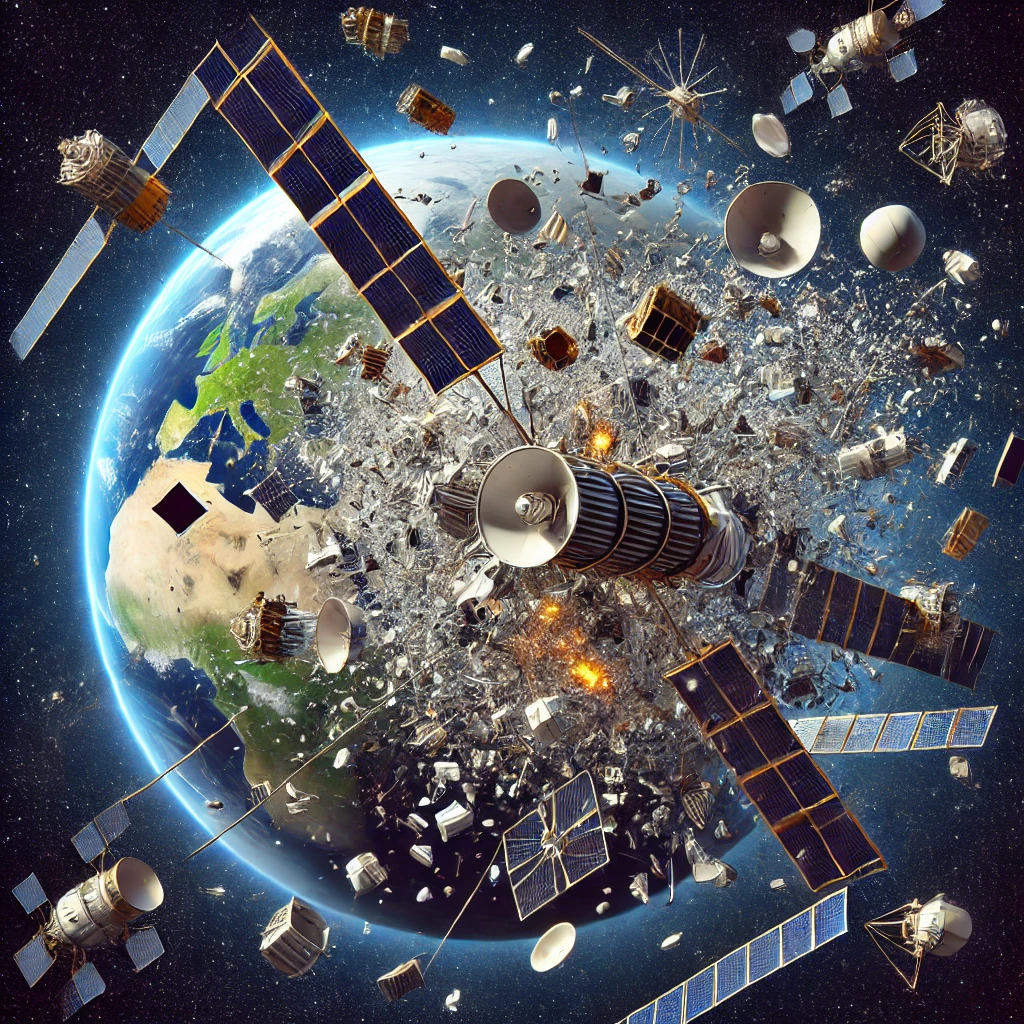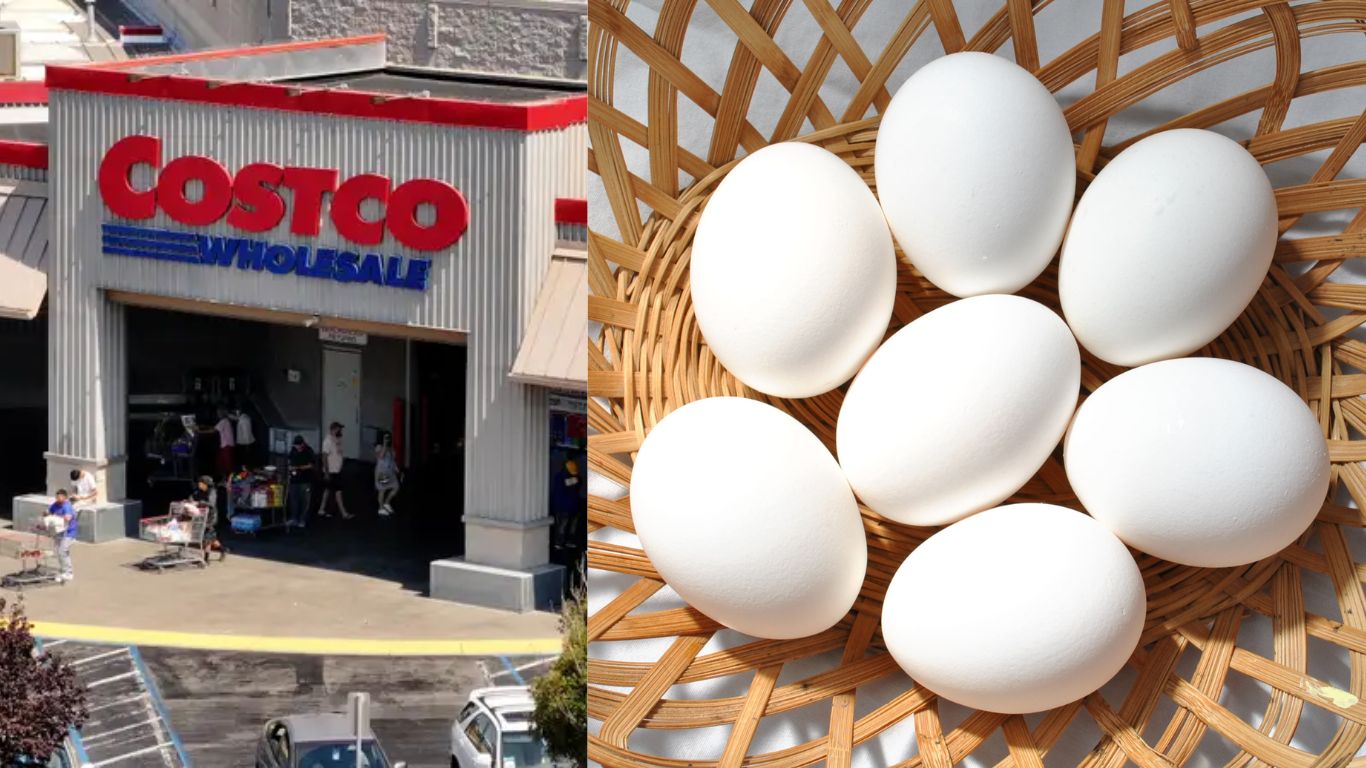Understanding Kessler Syndrome: A Growing Threat to Space Safety
Kessler Syndrome refers to a scenario where the density of objects in low Earth orbit (LEO) is high enough to trigger a chain reaction of collisions between satellites, space debris, and other objects. This phenomenon, named after NASA scientist Donald J. Kessler, could exponentially increase the amount of debris in space, making it more dangerous for future space missions. In this article, we will explore the causes, effects, and solutions to Kessler Syndrome, and answer some common questions related to this growing concern.
What is Kessler Syndrome?
Kessler Syndrome describes a situation where an initial collision between two objects in orbit creates fragments of debris. These fragments, in turn, collide with other objects, creating even more debris. This chain reaction could continue indefinitely, significantly increasing the amount of space debris in orbit. As the debris density rises, it becomes increasingly difficult for satellites and spacecraft to operate safely, potentially hindering future space exploration and technological advancements.
The key feature of Kessler Syndrome is the self-perpetuating nature of the debris cycle. As the amount of debris increases, the likelihood of future collisions also increases, exacerbating the problem.
Causes of Kessler Syndrome
There are several factors contributing to the potential onset of Kessler Syndrome. The most significant causes include:
- Spacecraft and Satellite Collisions: The most direct cause of Kessler Syndrome is the collision of spacecraft, satellites, or other space debris. These collisions generate fragments that remain in orbit, potentially leading to further collisions.
- Lack of Space Debris Management: The growing number of satellites and spacecraft launched into space increases the risk of debris accumulation. With insufficient space debris management practices, the risk of a collision and the onset of Kessler Syndrome increases.
- Proliferation of Satellite Networks: The rise in mega-constellations of satellites, such as SpaceX’s Starlink, further contributes to the number of objects in low Earth orbit. While these satellites provide valuable services, they also increase the risk of collisions and debris creation, contributing to the potential for Kessler Syndrome.
- Space Junk from Defunct Satellites: When satellites reach the end of their operational life, many of them remain in orbit as space junk. This includes defunct satellites, rocket stages, and non-functional equipment, all of which contribute to the debris field in space.
The Impact of Kessler Syndrome on Space Activities
The consequences of Kessler Syndrome would be catastrophic for space exploration and technological progress. Some potential impacts include:
- Risk to Satellites and Spacecraft: Collisions with space debris could damage or destroy operational satellites and spacecraft. This would have serious implications for communication systems, weather forecasting, and scientific research, all of which depend on satellites in orbit.
- Increased Costs for Space Missions: As debris accumulates, space agencies and private companies would need to invest heavily in debris mitigation and collision avoidance systems. This could significantly increase the cost of launching new satellites and spacecraft.
- Space Exploration and Colonization Challenges: Kessler Syndrome could make it extremely difficult, if not impossible, for future space missions to operate in low Earth orbit. This could delay or even prevent efforts to explore the Moon, Mars, and other celestial bodies.
- Environmental Consequences: The debris produced by Kessler Syndrome would remain in orbit for many years, posing a long-term threat to future missions. Even small fragments of debris can travel at extremely high speeds and cause significant damage.
Solutions to Prevent Kessler Syndrome
While Kessler Syndrome poses a serious threat to space safety, there are several strategies that could be implemented to mitigate its impact. These solutions include:
- Active Debris Removal (ADR): Active debris removal involves using robotic spacecraft or other technologies to capture and remove large pieces of space debris. This process could help reduce the risk of collisions and slow the progression of Kessler Syndrome.
- Satellite De-orbiting: Satellites that are no longer in use should be de-orbited in a controlled manner to prevent them from becoming space junk. Space agencies and private companies should design satellites with de-orbiting mechanisms that can safely remove them from orbit at the end of their operational life.
- Collision Avoidance Systems: Satellites and spacecraft can be equipped with systems that allow them to maneuver and avoid collisions with space debris. These systems use sensors and onboard computers to detect potential threats and adjust the spacecraft’s trajectory accordingly.
- International Collaboration: Kessler Syndrome is a global issue that requires international cooperation. Space agencies, governments, and private companies must work together to create policies and technologies that promote responsible space debris management and minimize the risk of collisions.
- Space Traffic Management: Establishing a regulatory framework for space traffic management could help coordinate satellite launches and prevent overcrowding in low Earth orbit. This could include tracking satellites and debris, regulating launch schedules, and implementing guidelines for satellite disposal.
Frequently Asked Questions (FAQs) About Kessler Syndrome
Q1: How likely is Kessler Syndrome to happen? Kessler Syndrome is a theoretical concept, but the risk of it happening increases as the number of objects in space grows. While we are not yet in a situation where the syndrome is imminent, the rapid expansion of satellite constellations and the growing amount of space debris make it a real concern for the future.
Q2: What is space debris? Space debris refers to any non-functional object or fragment in orbit around the Earth. This includes defunct satellites, spent rocket stages, and fragments created by collisions between objects in space. Space debris poses a significant risk to operational satellites and spacecraft.
Q3: Can Kessler Syndrome be stopped? While Kessler Syndrome is not an inevitable outcome, it can be mitigated through proactive measures such as active debris removal, satellite de-orbiting, and international cooperation on space debris management.
Q4: What would happen if Kessler Syndrome occurs? If Kessler Syndrome occurs, the density of space debris would increase to the point where future space missions could be severely hampered. The risk of collision would make it difficult to launch new satellites or conduct space exploration activities.
Q5: How is Kessler Syndrome different from space weather? Kessler Syndrome is caused by human-made space debris, while space weather refers to natural phenomena like solar flares and cosmic radiation that can affect satellites and other space systems. Both pose risks to space activities, but Kessler Syndrome is specific to debris in Earth’s orbit.
Conclusion
Kessler Syndrome represents a serious and growing threat to the safety of space activities. The rapid accumulation of space debris, combined with the increasing number of satellite launches, makes it essential for the global community to take proactive steps to mitigate the risks associated with this phenomenon. By implementing measures such as active debris removal, satellite de-orbiting, and international cooperation, we can reduce the chances of Kessler Syndrome and ensure the continued safety of space exploration and satellite operations.



